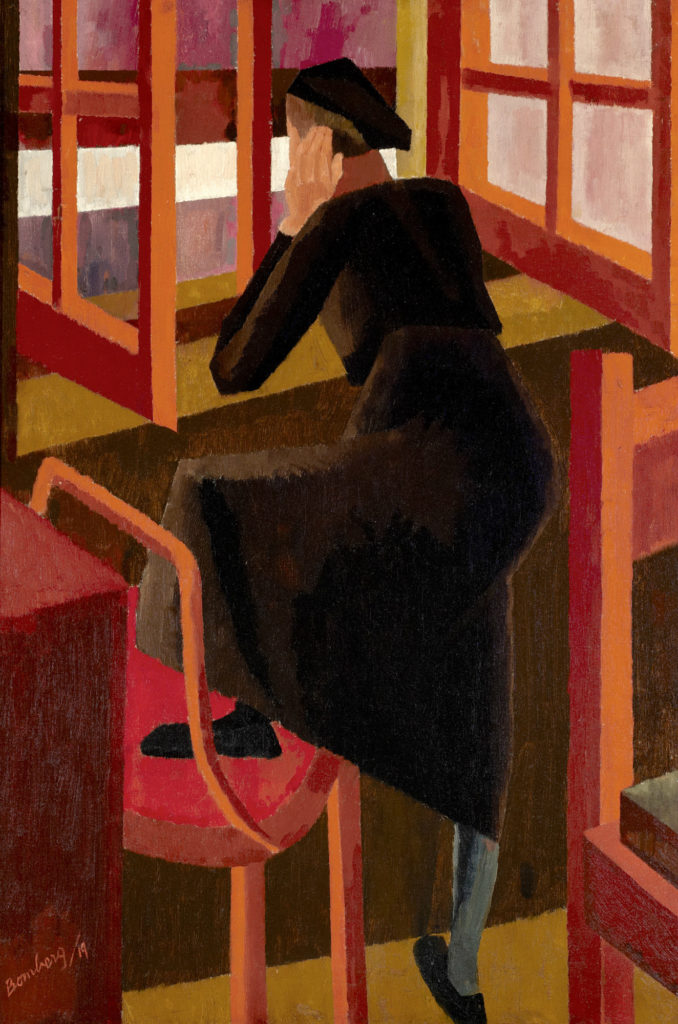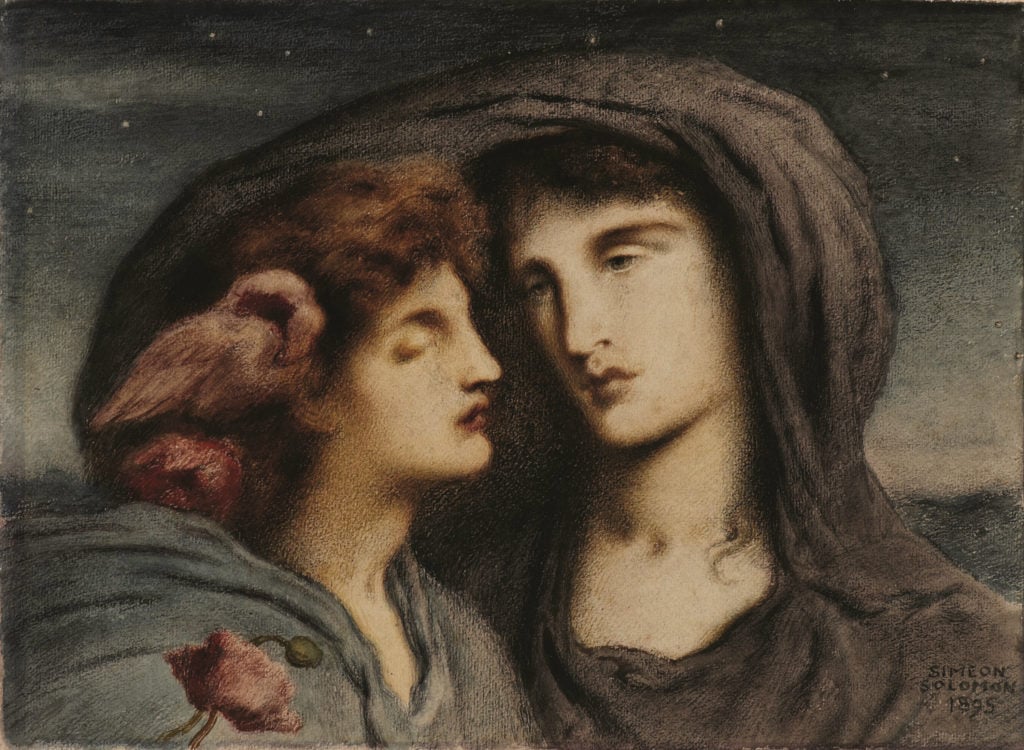Nicholas Serota, the chairman of Arts Council England and a former director of the Tate, was among an illustrious panel of advisors who collectively resigned from the Ben Uri Gallery and Museum yesterday. The exodus was in protest of a decision to sell works from the collection of the museum, which was founded a century ago by Jewish artists in London’s East End, in order to fund a radical change in direction from its Anglo-Jewish roots.
Serota and ten other advisors have criticized the Ben Uri Gallery and Museum’s decision to sell works at Sotheby’s in London yesterday and this morning. The works that went under under the hammer, including those by artists David Bomberg, Frank Auerbach, Mark Gertler, and Alfred Wolmark, raised £1.36 million ($1.7 million). After fees, the Ben Uri will receive just over £1 million ($1.4 million). Last night, four works by Bomberg sold, including his 1919 painting At the Window, for £670,000 ($858,000) with fees. The results so far have been mixed: Six of the 14 works on offer failed to sell.
Andrew Renton, who is professor of curating at Goldsmiths College, resigned along with the other advisors, calling the sale “heartbreaking.” He tells arnet News: “Watching the auction last night, it struck me that whatever they are worth, they are worth more to Ben Uri.”
“You understand each work not only on its own merits—and these are, indeed, masterpieces—but also where they belong within a bigger story, that of Ben Uri and of British Modern art,” Renton said.
Initially, 28 works were due to be auctioned but three were withdrawn by the trustees. The sales, which continue today and through December, could raise more than $3 million. Ten further works are due to be sold in Sotheby’s Victorian pictures sale on December 13.
A museum’s decision to sell works from its collection to raise funds often comes with risks to its reputation, especially in the UK, where US-style “trading up” is more frowned upon. But this is just the beginning for the Ben Uri, which has announced that around 700 works in the 1,350-strong collection could be deaccessioned in the future.
A small number of further works that the museum’s four trustees decide are of “sufficient quality to raise meaningful funds” will be sold at Sotheby’s, according to its strategy document. The majority of the works will be offered to institutions as “free of charge, inter-museum, and community-gift transfers.” They “fall outside the revised collecting numerical matrix,” a reference to the Ben Uri’s new mission.
In the joint statement criticizing the sales, the museum’s former expert advisors, who include the distinguished curator Norman Rosenthal, and the art historians Brian Allen and Griselda Pollock as well as the director of the Sir John Soane Museum, Bruce Boucher, acknowledged the way the trustees have sustained the institution over the past 15 years. But they argue that the sales “will undermine the ability of the trustees to secure future gifts and a future home for the collection.”
The Ben Uri’s executive chairman, David Glasser, says he and his fellow trustees “fundamentally disagree,” with this criticism. “[We] believe the case of Ben Uri securing its meaningful future is imperative and infinitely greater public benefit will be generated by reinvesting proceeds in our research and wider collecting policies than holding these works that are seldom exhibited.”

David Bomberg, At the Window (1919). Courtesy of Sotheby’s.
The ongoing sales and the planned transfer of works comes after Glasser and the trustees decided to shift the focus of the museum to explore the immigrant contribution to British visual arts since 1900, with a special focus on using art to help people with dementia. Proceeds from the sales will to support these areas and create an online resource documenting artists, teachers, scholars, critics, patrons, dealers, and gallerists who settled in Britain.
Founded in Whitechapel in the East End of London in 1915 by the Russian-Jewish émigré artist Lazar Berson as an artist-run society, the museum reached a low ebb in the 1990s. Its fortunes were revived under Glasser, who took charge in 2001. Now the museum’s chair of trustees, chief executive as well as museum director, he moved the institution to a small rented space in North London in 2002.
Under Glasser, the collection has made high-profile acquisitions with support by the Art Fund, among others. It has also raised its public profile through more than 90 exhibitions. But Glasser’s attempts to find a new, bigger home in central London, or merge with a university have proved unsuccessful.
Unusually for an independent museum, Glasser has helped fund the Ben Uri Museum’s operations out of his own pocket. The museum’s most recent financial statement notes that his loan of £577,000 ($739,000) has been partly repaid over the previous 12 months. Glasser, who has not taken a salary, confirmed to artnet News that none of the proceeds of the Sotheby’s sale will go toward paying back the rest of the loan. He says that raising £2.5 million (around $3 million) would “fulfill our forward budget requirement and increase the reserves.”
This is not the first time the Ben Uri Museum has been at the center of a row over selling off works of art. In 1984, before Glasser took over, it sold Gertler’s masterwork, The Merry-Go-Round (1916) to the Tate.








